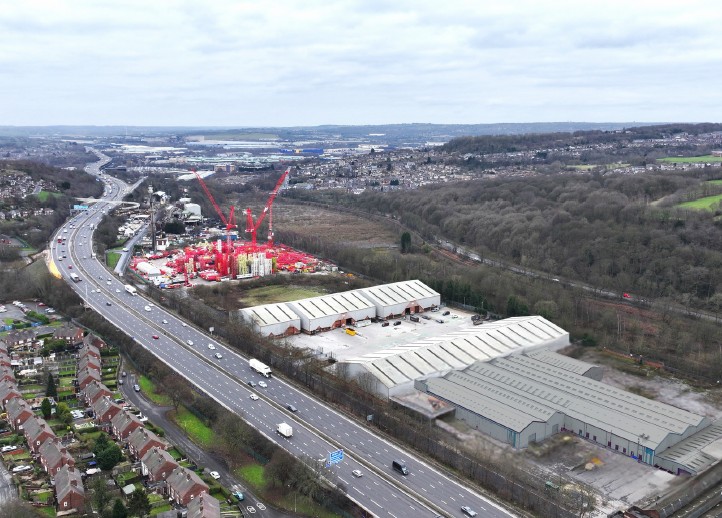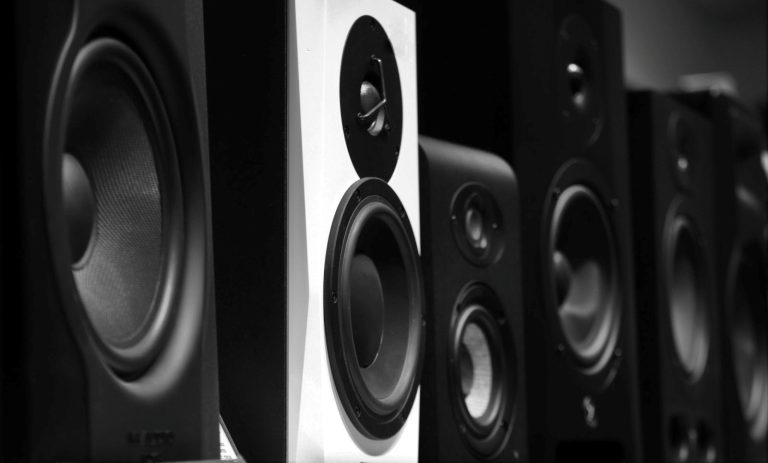Sound is one of the most overlooked elements in architecture and design, yet it plays a critical role in how people experience space. In both retail and leisure environments, sound design is now being recognised as a tool that goes far beyond background music. From encouraging longer visits to subtly influencing buying behaviour, acoustic strategies are being woven into the very fabric of modern spaces. Whether it’s a high-street fashion outlet, a boutique gym, or a high-end casino, carefully crafted soundscapes are becoming part of the design conversation. Casinos and the Science of Sonic Influence Casinos have long been leaders in environmental design, with sound playing a key role. From the ding of slot machines to the background music, every audio element is intentional. The goal is to create an atmosphere that encourages play, minimises fatigue, and promotes timelessness. Unlike retail spaces, where the aim is to relax customers, a casino’s sound design stimulates without causing discomfort. Slot machines often have unique audio signatures that build anticipation or reward, while background music maintains a moderate tempo to lift spirits without rushing decisions. Sound masking is also used to help patrons lose track of time. High-end casinos often work with acoustic consultants to tailor the sound for different areas, guiding visitors through spaces with subtle transitions. Online casinos use sound effects and background music to mimic the atmosphere of a physical casino, creating an immersive experience that keeps players engaged. Sound effects like slot machine jingles, card shuffling noises, and celebratory tunes when players win replicate the excitement of physical casinos. Background music adds to the lively atmosphere, while subtle sound cues notify players of wins or game changes, further enhancing engagement. Many of the best non GamStop casinos strategically make use of sound to keep players captivated across thousands of casino games, in addition to keeping players engaged with fast payouts, diverse payment methods, and enticing bonuses such as welcome rewards, free spins, and cashback offers. Ultimately, strategic use of sound is an incredibly effective tool for both land-based and online casinos, as it not only enhances the atmosphere but also plays a key role in keeping players engaged, ensuring an immersive experience that encourages prolonged play and interaction. Leisure Environments and Emotional Engagement Leisure spaces depend heavily on emotional engagement, and sound is central to that. Whether it’s a spa using ambient audio to relax guests or a climbing centre using energetic beats to fuel adrenaline, sound supports the overall purpose of the space. Gyms, for instance, often curate playlists with varying intensity based on the time of day or class type. Designers may even use acoustic zoning to separate high-intensity workout zones from quieter areas like yoga or recovery lounges. Sound is also used to improve spatial orientation. In bowling alleys or arcades, layered sounds help users locate game areas, exits, or service desks. Cinemas, galleries, and immersive art installations have gone even further, often integrating custom-designed soundscapes to deepen the immersive effect. In these settings, sound design begins before the audience enters the space and continues throughout, subtly guiding their emotional response. Acoustic insulation and calibrated speaker systems help keep the experience tightly controlled, even when crowds are present. Creating Atmosphere in Retail Spaces Retail designers are increasingly incorporating soundscapes as part of the brand identity. The goal is to shape mood, manage tempo, and help differentiate the space from competitors. Music is selected not just for style but for tempo and key. Slow tempos encourage longer browsing, while faster rhythms can subtly prompt movement or urgency. Retailers also use directional speakers to keep sound contained in specific zones, ensuring that music enhances rather than overwhelms the shopping experience. For example, changing rooms may feature a different audio profile than the main floor, offering a more intimate sound to help with decision-making. Some larger department stores integrate natural sound elements, like birdsong or water trickles, to reduce stress levels and make the environment feel more welcoming. At the design stage, acoustics are now discussed alongside lighting and materials. High ceilings, glass surfaces, and open-plan layouts often create audio challenges, which can be solved with panels, textured walls, or embedded audio technology. The objective is to balance clarity and comfort so that the customer journey feels fluid and engaging from start to finish. Conclusion As design becomes more experiential, sound is no longer an afterthought. In retail and leisure spaces, sound design is recognised for its ability to influence behavior, enhance comfort, and strengthen brand identity. From fashion boutiques to casinos, what people hear shapes how they feel and interact within a space. This shift toward early acoustic planning reflects a broader move beyond the visual, with architects and audio experts ensuring spaces sound as intentional as they look. Whether guiding shoppers, enhancing workouts, or creating immersive casino experiences, sound is now as vital as structure.






